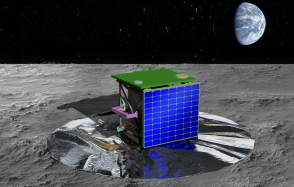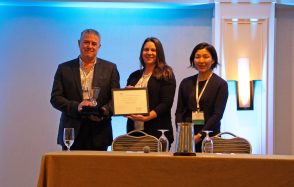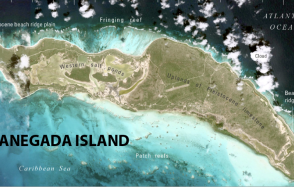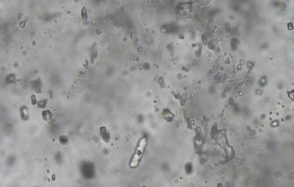Periodic coastal uplift in a subduction context
Topography in subduction zones is commonly seen as the consequence of tectonic processes occurring at the plate interface where mega-earthquakes such as the one in Sumatra (2004) or Tohoku (Japan, 2011) take place.

Publication date: 04/05/2020
Press, Research
Related teams :
Tectonics and Mechanics of the Lithosphere
Related themes : Earth and Planetary Interiors, Natural Hazards









